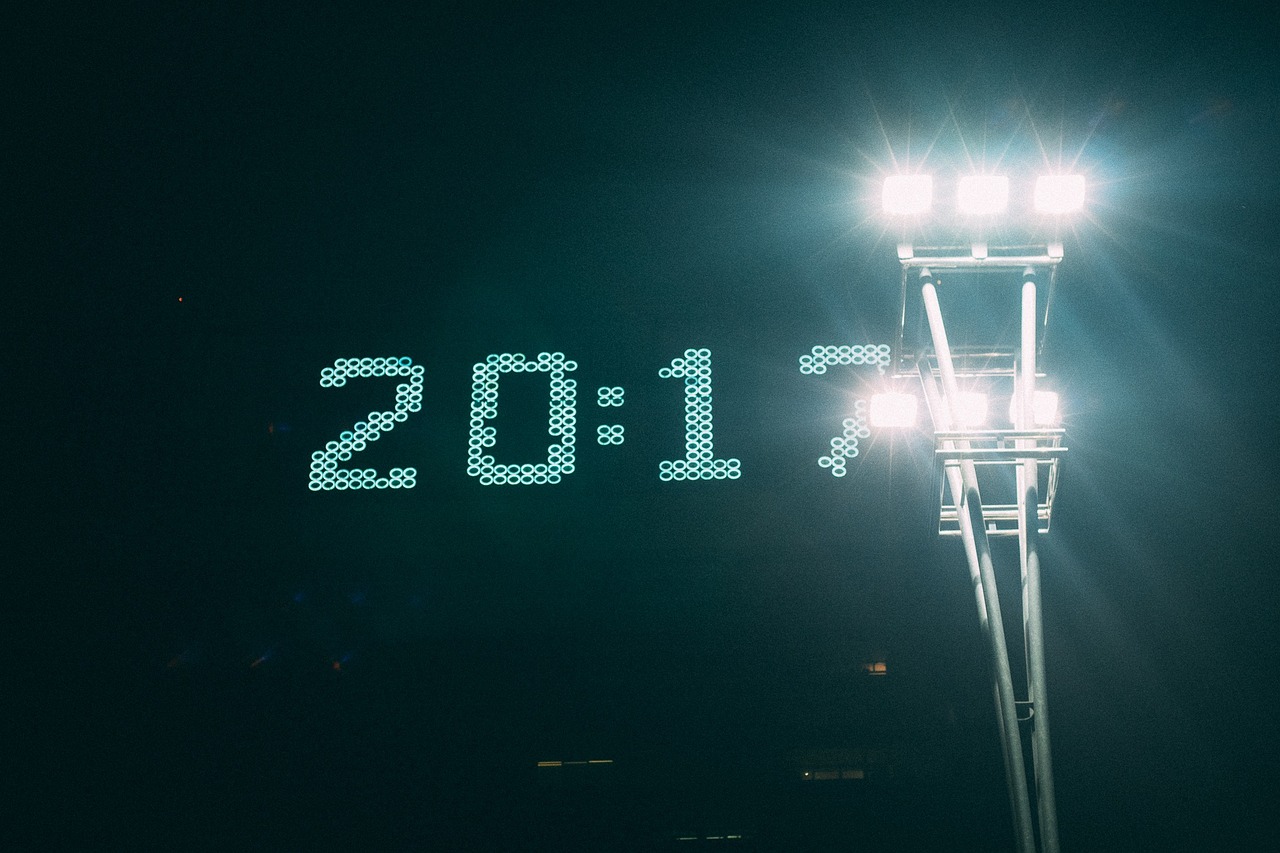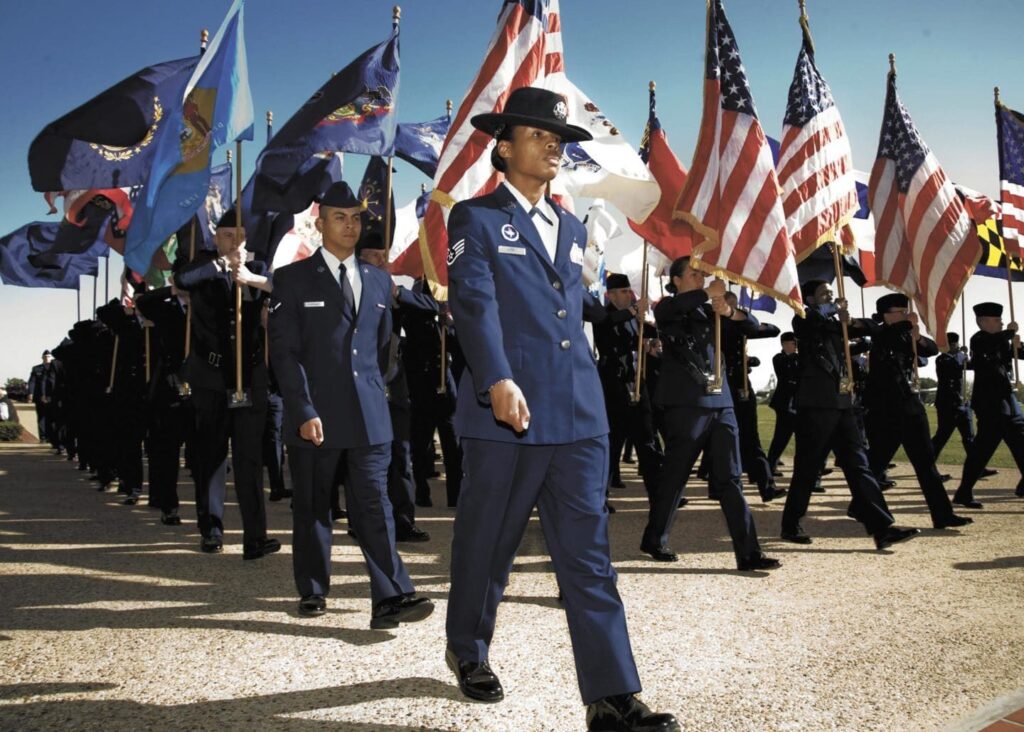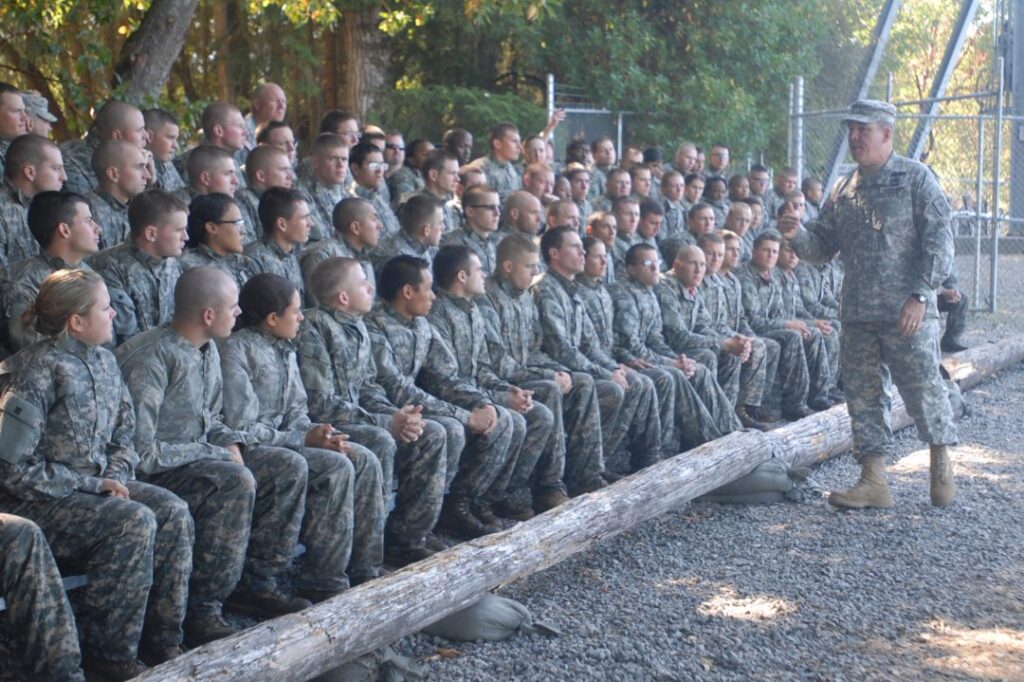
- The App
- Sandboxx News
- Resources
Learn
- Company
About
Become a Partner
Support
- The App
- Sandboxx News
- Resources
Learn
- Company
About
Become a Partner
Support
In military settings, time is denoted using a 24-hour clock system rather than the conventional 12-hour format. You’ve likely become familiar with military time if...

In military settings, time is denoted using a 24-hour clock system rather than the conventional 12-hour format. You’ve likely become familiar with military time if your trainee has left for boot camp. This new method quickly becomes the norm for trainees, but it can be confusing at first.
Below, we’re breaking down everything you need to know about military time, and providing some quick and easy tips on how to read it.
The military uses the 24-hour clock system, commonly known as military time, to avoid confusion between morning and afternoon hours. This is essential because the military is in continuous operation 24 hours a day.
The U.S. Navy began using the 24-hour clock in 1920, after becoming familiar with it during World War I. Followed by the U.S. Army officially adopting military time in 1942.
Military time looks a little complicated and confusing at first, so let’s simplify it. To start, each hour has its own unique number. This eliminates the need for a.m. or p.m. designations. The day begins at midnight with 0000, pronounced as “zero hundred hours”. Each following hour is represented by adding one hundred, so 1 a.m. becomes 0100, and so on.
Time is expressed in four digits without a colon, such as 0630 for 6:30 a.m. The simplicity continues through midday at 1200 hours. However, after noon, military time progresses chronologically, with 1 p.m. as 1300 hours, and so forth. The day concludes just before midnight at 2359, or twenty-three fifty-nine hours. To convert afternoon and evening hours to civilian time, simply subtract 12. For example, 2000 hours becomes 8
A trainee’s day typically begins at what they term “O’ dark thirty”, indicating an early start. This usually spans from midnight to 5 a.m. Despite early beginnings and late endings, this time is dedicated to their education and transformation from Trainee to Soldier.
| 12 Hour Clock | 24 Hour Clock | 12 Hour Clock | 24 Hour Clock | |
| 12:00 am | 0000 | 12:00 pm | 1200 | |
| 1:00 am | 0100 | 1:00 pm | 1300 | |
| 2:00 am | 0200 | 2:00 pm | 1400 | |
| 3:00 am | 0300 | 3:00 pm | 1500 | |
| 4:00 am | 0400 | 4:00 pm | 1600 | |
| 5:00 am | 0500 | 5:00 pm | 1700 | |
| 6:00am | 0600 | 6:00 pm | 1800 | |
| 7:00 am | 0700 | 7:00 pm | 1900 | |
| 8:00 am | 0800 | 8:00 pm | 2000 | |
| 9:00 am | 0900 | 9:00 pm | 2100 | |
| 10:00 am | 1000 | 10:00 pm | 2200 | |
| 11:00 am | 1100 | 11:00 pm | 2300 |




